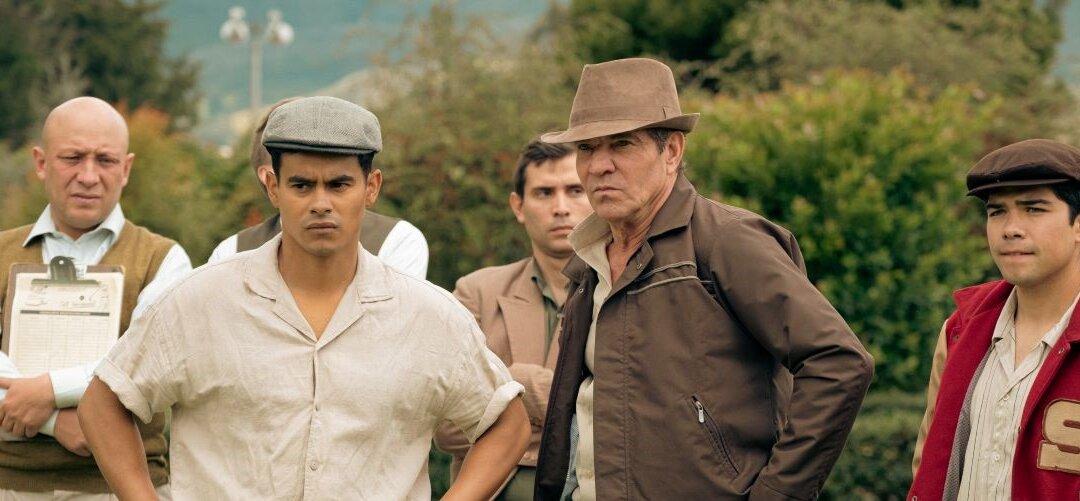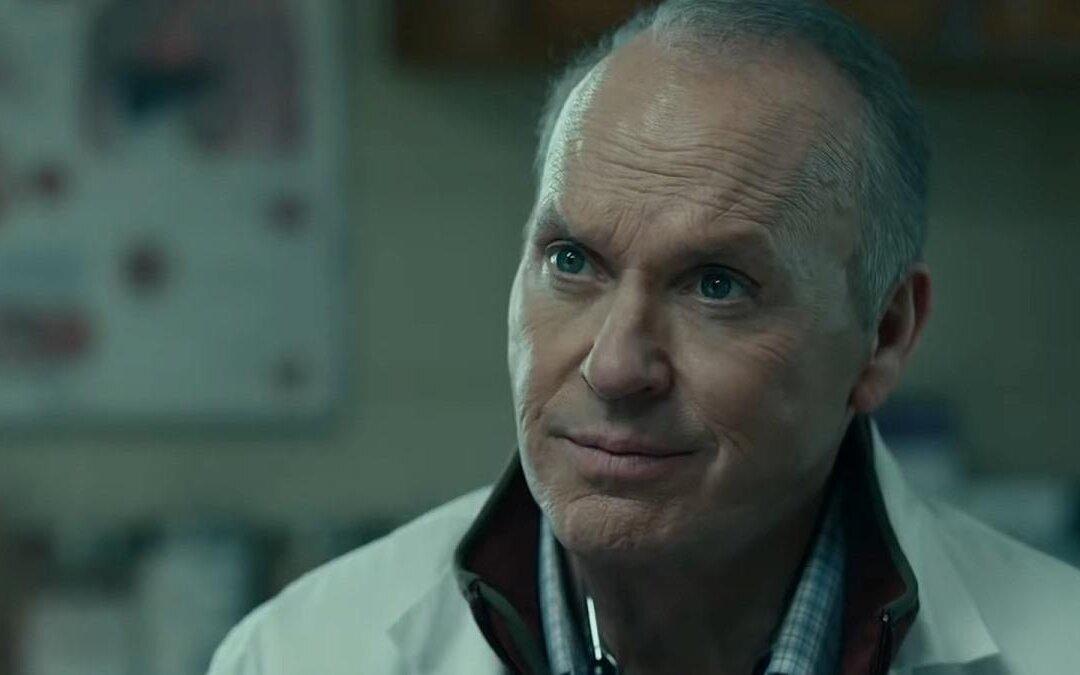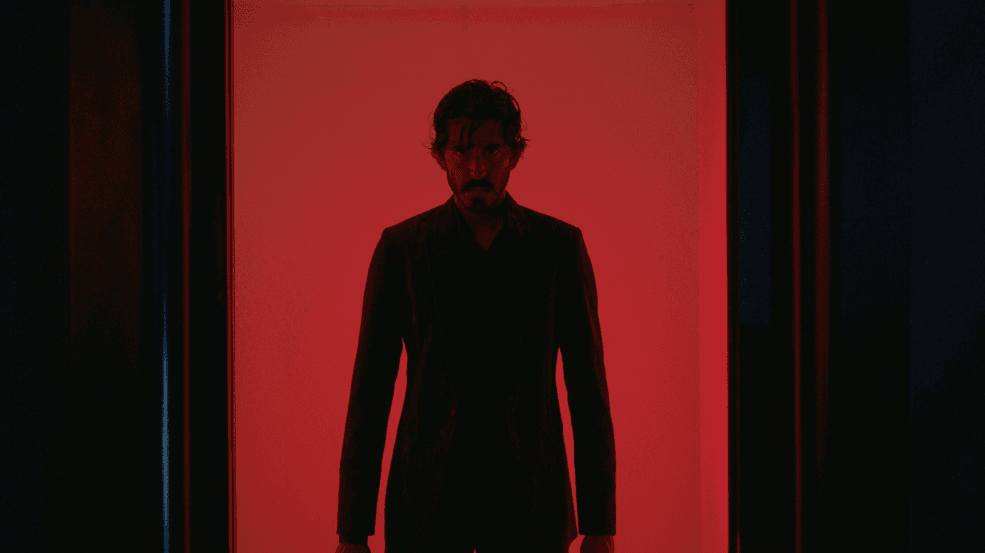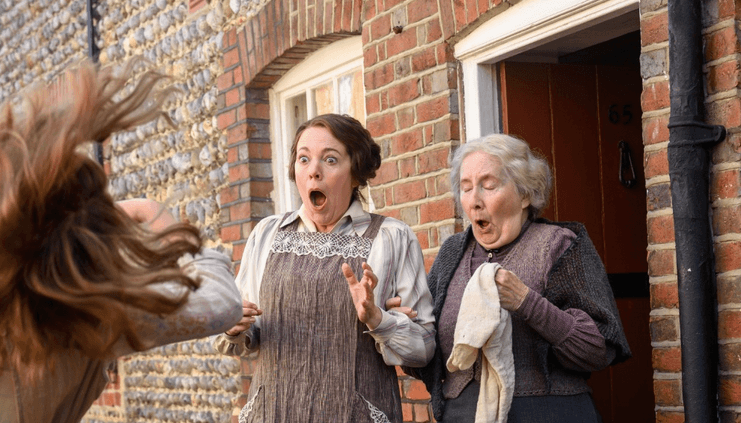R.I.P. the Black Panther. Chadwick Boseman, who became synonymous with the role of Black Panther in the Marvel Comics cinematic universe, has passed away at the age of 43.
Birth of the Funk
Watching “Get on Up,” it becomes immediately apparent that Prince stole his entire act off James Brown. Dance moves, microphone moves, wardrobe, and hairstyle. Not Prince’s world-class guitar playing, though—that’s courtesy of Carlos Santana and Jimi Hendrix. But as prodigious a talent as Prince was, he only altered American funk music.For years, the mere thought of an actor attempting to capture James Brown on-screen was cringe inducing. Every black comic and actor with middling mimicry chops was able to do a competent Bill Cosby impression, but only Eddie Murphy had the ability to talk like James Brown.
But as a young comic, Eddie was a little too scant in the dramatic heaviness department to pull off the weighty rendering required by the force of nature that was James Brown. Chadwick Boseman finally nailed it in the smokin' James Brown biopic “Get on Up.” This was Boseman’s second-in-a-row, slam-dunk biopic role after his outstanding turn as Jackie Robinson in “42.”
Boseman nails it top to bottom—hair, talk, attitude, and jittery-footed, shimmying, blurry-fast dance moves. Not even Jamie Foxx playing Ray Charles surpassed Boseman becoming Brown, which is a shame because Foxx won a well-deserved Oscar but Boseman only a nomination for 2015’s Image Awards.
Basically, the film’s narrative follows a sort of pinball-machine-with-signposts approach, pinging and rebounding around the various titles (most self-imposed) that Brown accrued over the years, like “Mr. Dynamite,” “Hardest Working Man in Show Business,” “His Bad Self,” and so on.
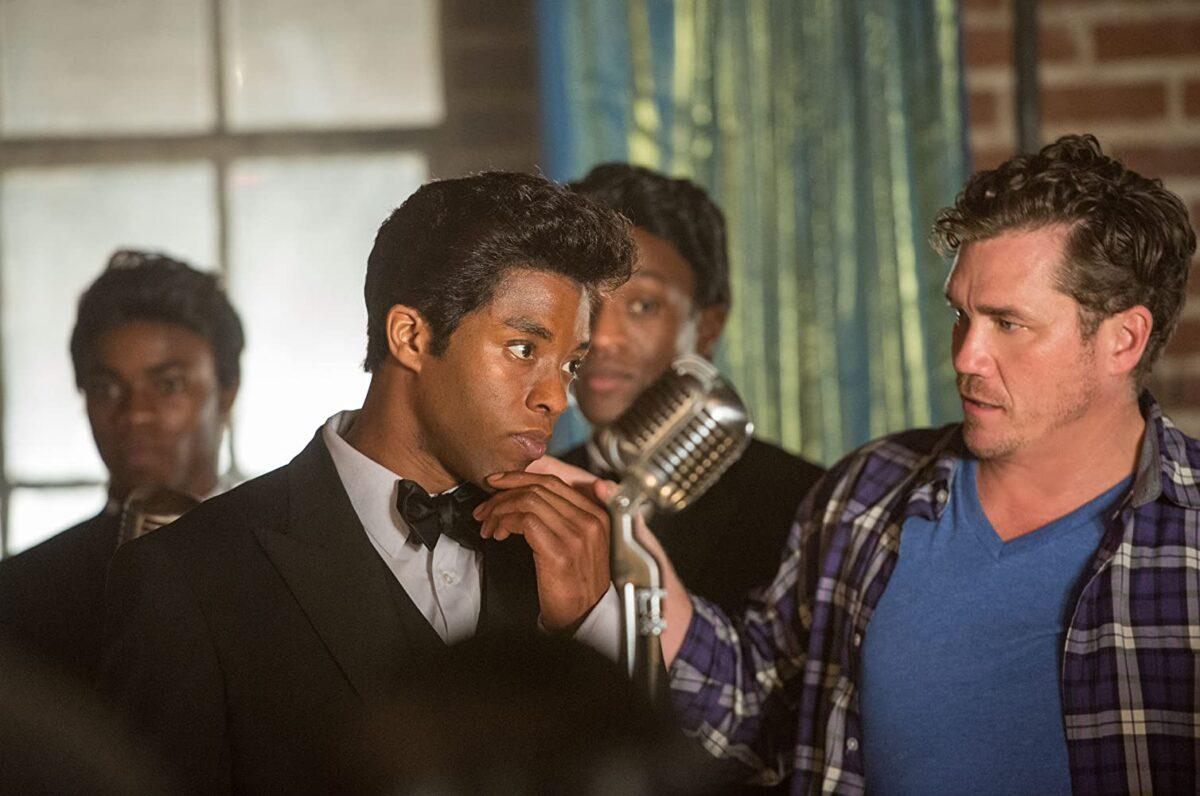
Signposts
“Get on Up” kicks off by showing us a latter-day James Brown freakout. Confronting a crowd, under the influence, toting a shotgun, and irate that someone used the public toilet in one of his buildings—blam!—he blows a hole in the ceiling. And then he hilariously consoles the terrified perpetrator in a moment of vocalized introspection and self-revelation, admitting as to how he might have taken such an opportunity himself, because he, James, didn’t grow up with any opportunities.As a boy in the Jim Crow Deep South, he, not uncommonly, might find lynched black men hanging in trees. Little James was dirt poor, viciously beaten by an alcoholic father, and tragically abandoned by his mother.
Forced to work as a barker for a house of ill repute, 8-year-old James yelled, “Pretty girls! Whiskey!” He also had to take part in a demeaning sport for the mint-julep set: Little black boys were put in a boxing ring, blindfolded, with one hand tied behind their backs, and made to pummel each other until only one was left standing. James stood. Demeaning, but it honed James’s risk-taking toughness.
An example of such risk-taking is when his band, the Famous Flames, shamelessly jump on stage when Little Richard (Brandon Smith) is on a cigarette break. Ultimately forgiven by Little Richard for the venue usurpation, James gets music business advice from the more experienced (and just as flamboyant) Mr. Penniman (Little Richard’s real name).
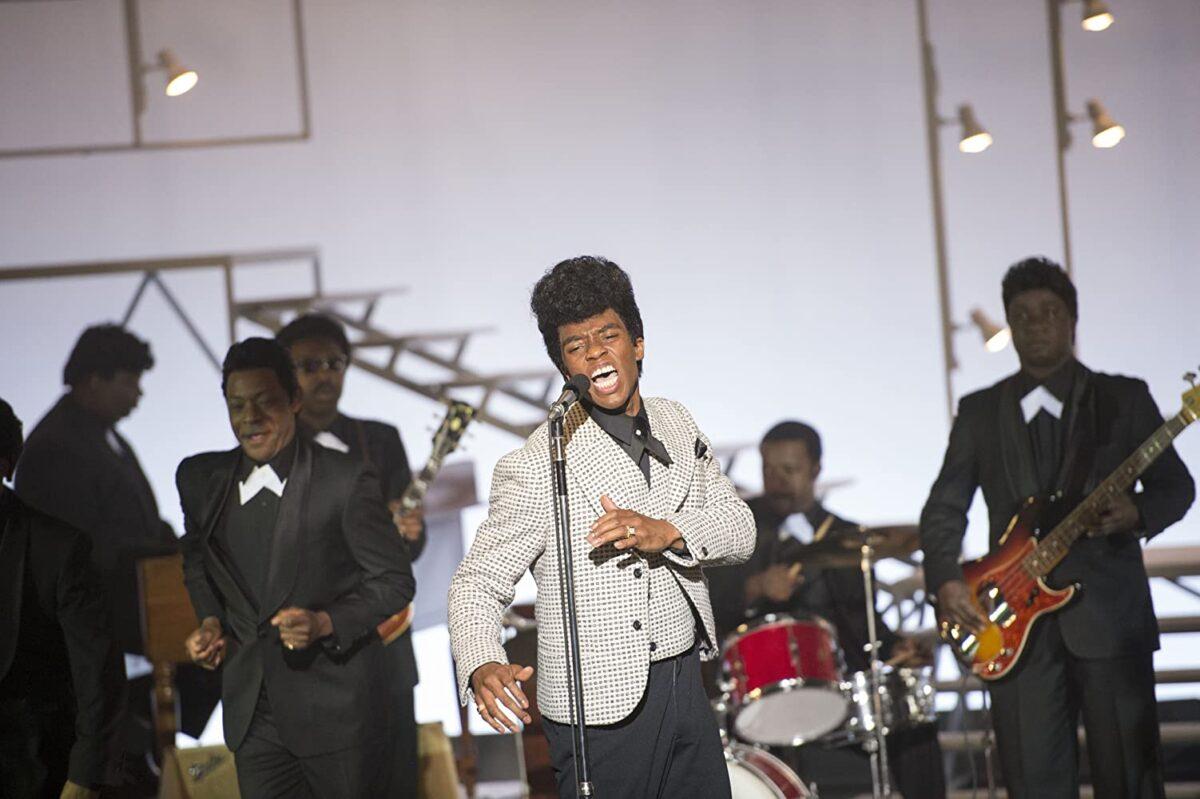
Richard and Brown were more or less the gay and straight versions of the same person: both pompadoured dynamos, and both exceedingly loud, ultra-talented innovators. There was more than a little rivalry between them. The tension between Boseman and Smith in these scenes is electric.
Showbiz Wiz
The band hits the big time, and James, in cutthroat fashion, subjugates his friends and band mates to underling-employee status. The record company sharks immediately smell blood in the water, recognizing that the money will roll in only if James got top billing. James knows it too.Brown’s comprehensive showbiz talent included business savvy above and beyond that of his handlers, especially his first manager, ham-fistedly played by Dan Aykroyd. In a scene much like Eddie Murphy’s in “Trading Places” (which also starred Aykroyd), Boseman showcases James’s street-honed business smarts with a monologue about using common sense regarding human behavior.
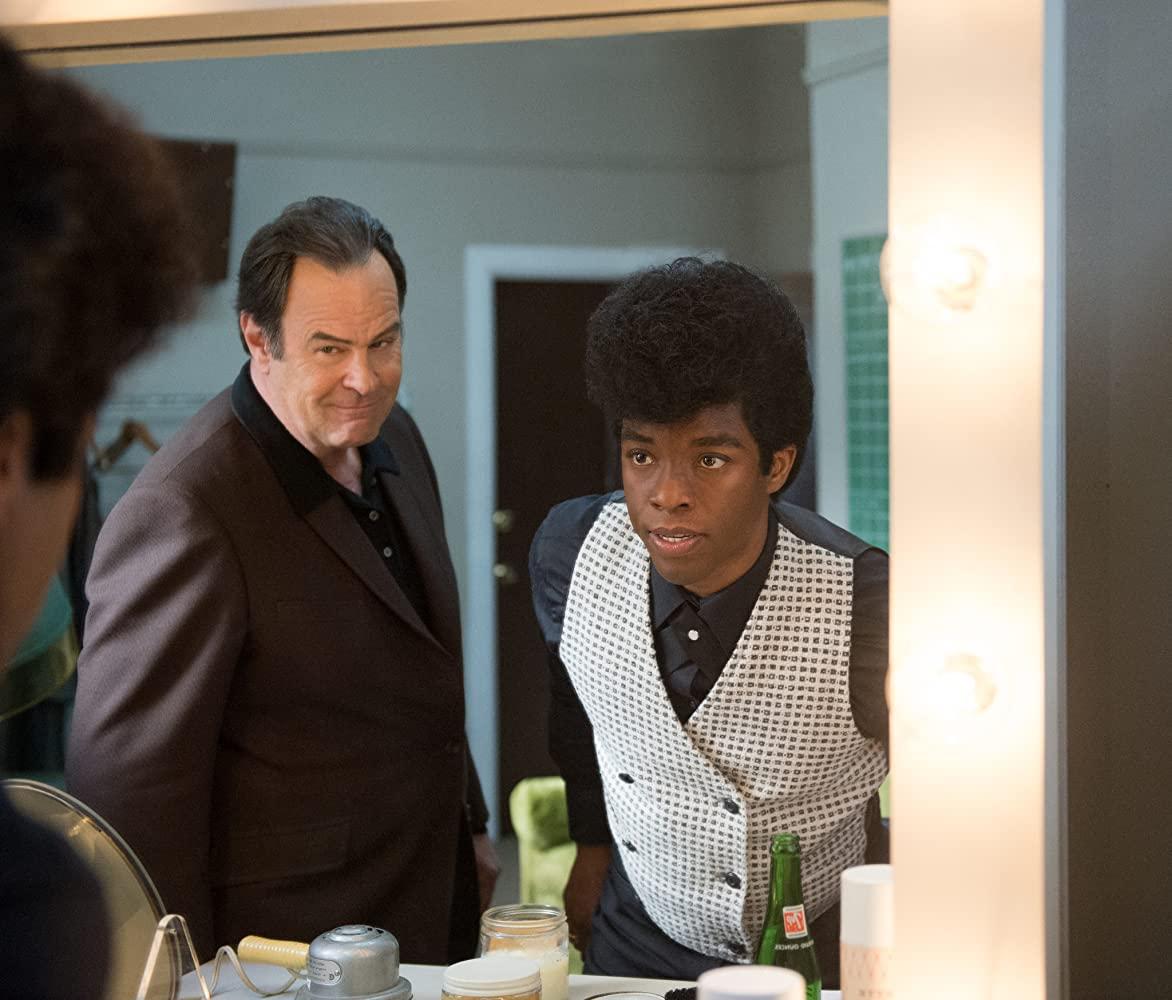
The Devil’s Music: A History
“Get on Up” is the PG-13 version, but James Brown’s actual life was quite a bit more X-rated. It would have been interesting to see a grittier, darker version (more like “Ray”) with less of the comedic breaking-the-fourth-wall device (Chadwick-as-James speaking directly to the camera).The movie’s most powerful scene shows the mother who abandoned James (Viola Davis) showing up after a gig to flatter her son with the intent to hoover up a bit of the James Brown riches.
Davis is devastating. When she says, “I did the best I could. And I am ashamed,” we realize that these words are coming from a place of deep truth, ripping open old wounds even as she utters them. James remains cold as ice until she leaves, and then he breaks down, telling band mate Bobby to “Get her anything she needs.”
Brown’s long-suffering friend Bobby Byrd (Nelsan Ellis) takes a lifetime of abuse from James, only to be won over as James sings to him in the crowd, after years of estrangement—a repentance, an apology, and a declaration of love and friendship. Both actors quietly blow this scene away.
The movie could have used more of this. In fact, just the removal of Aykroyd’s performance from the film would have had the immediate effect of making it weightier: Aykroyd’s a king of sketch comedy—a different skill set.
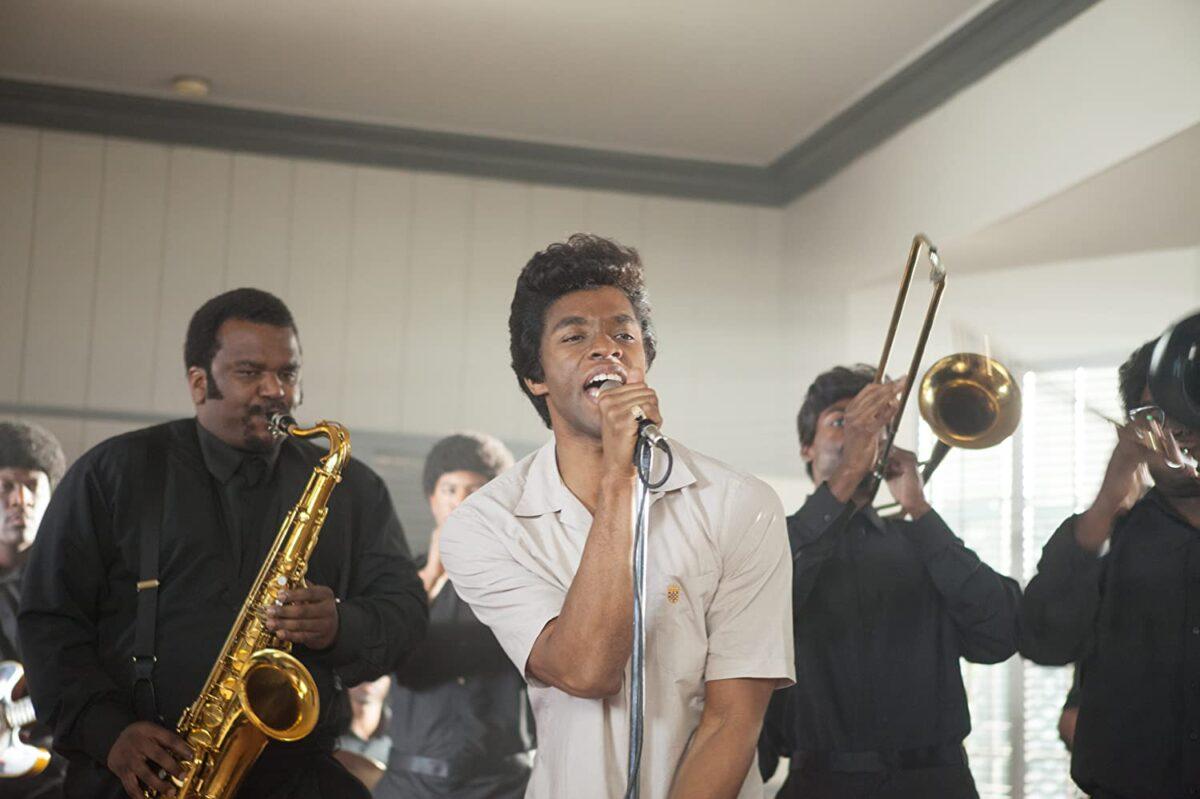
No, the devil jumped into music long before that. Some musicologists say that the sentimentality introduced by third, sixth, and seventh chords in Renaissance music is where the devil crept in; medieval church music’s austere fifths didn’t stir human emotion.
The great American racial divide in music consisted of James Brown’s black proto-funk as the “roll” (sex) in “rock and roll,” while “rock,” which eventually came to be considered a white art form, followed its logical progression to nihilistic punk and death metal.
The great German poet-philosopher Goethe, via the character of Mephisto in “Faust,” was among the first to recognize the sex-death dichotomy as two separate devils: the red devil (Lucifer) in cahoots with the black devil (Satan).
Be that as it may, this pastel-colored, nostalgic look back, with James (as he puts it) “in a sapphire blue suit and the band in purple brocade,” is a fitting tribute to a man who in many ways was an American hero, living the American dream. Such as it is.
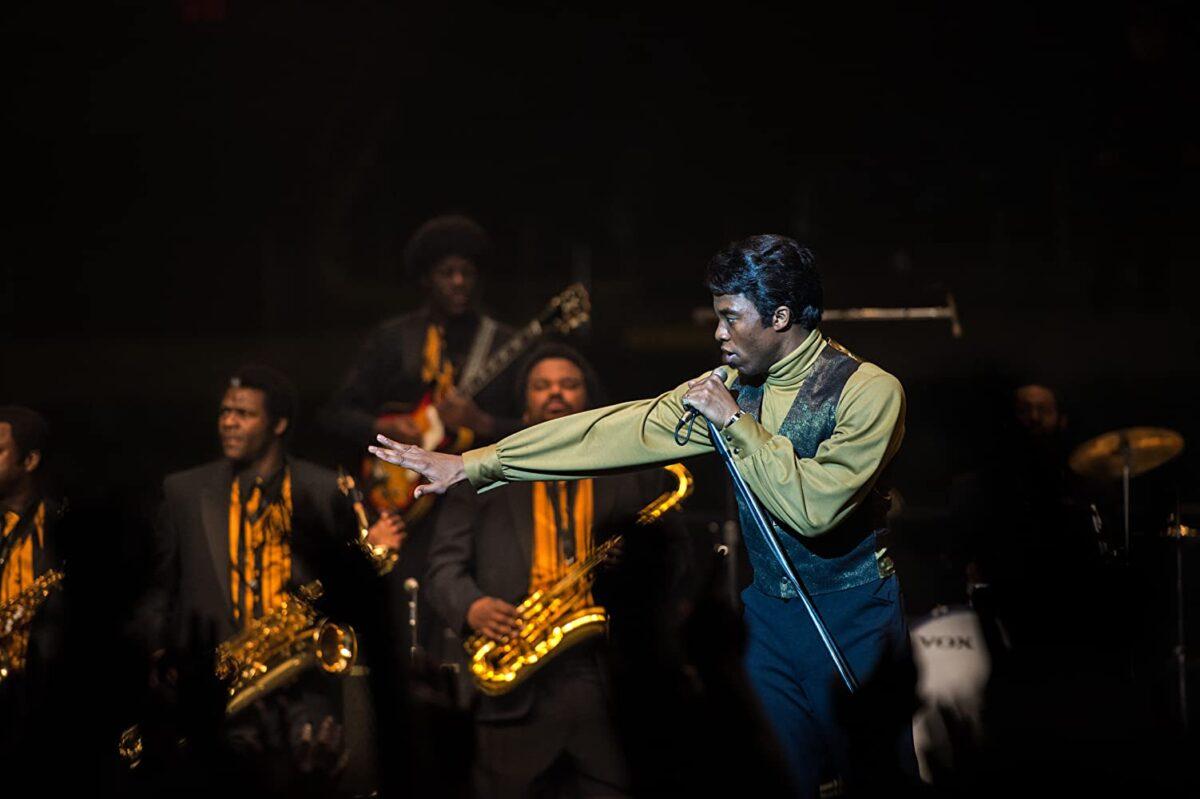
James Brown composed music using every instrument percussively, with the objective being that funk music bypasses our consciousness to the point that the body wants to move of its own accord.
Famous funk bassist Bootsy Collins, who got his start in Brown’s band before later moving on to Parliament-Funkadelic, learned funk’s number-one rule from James: “You’ve got to keep it on the one.” Meaning, the bass and rhythm section has to hit the first beat of every bar. This incessant slamming on the one awakens not the mild sentimentality of third and sixth chords—but lust.
What does that do for a person? As James succinctly put it, “I Got Ants in My Pants (And I Want to Dance).”
So put on your hot pants, get on the good foot, dance a few bars of the Funky Chicken, holler “I Feel Good!” Tip your hat to Chadwick Boseman’s stellar channeling of James, and then hie thee to a church (wait, there’s a pandemic on) or listen to “A Treasury of Gregorian Chants” (a four-record set) to get the devil back out.


